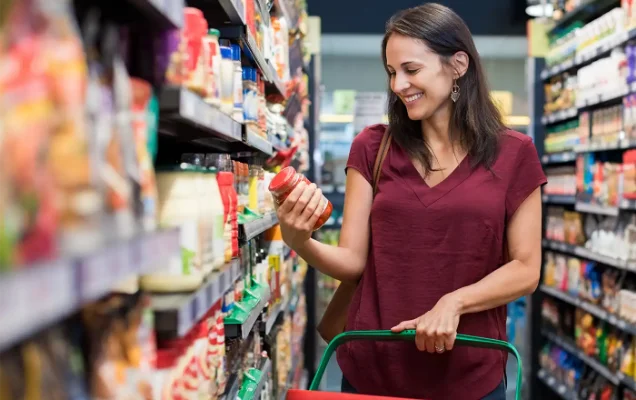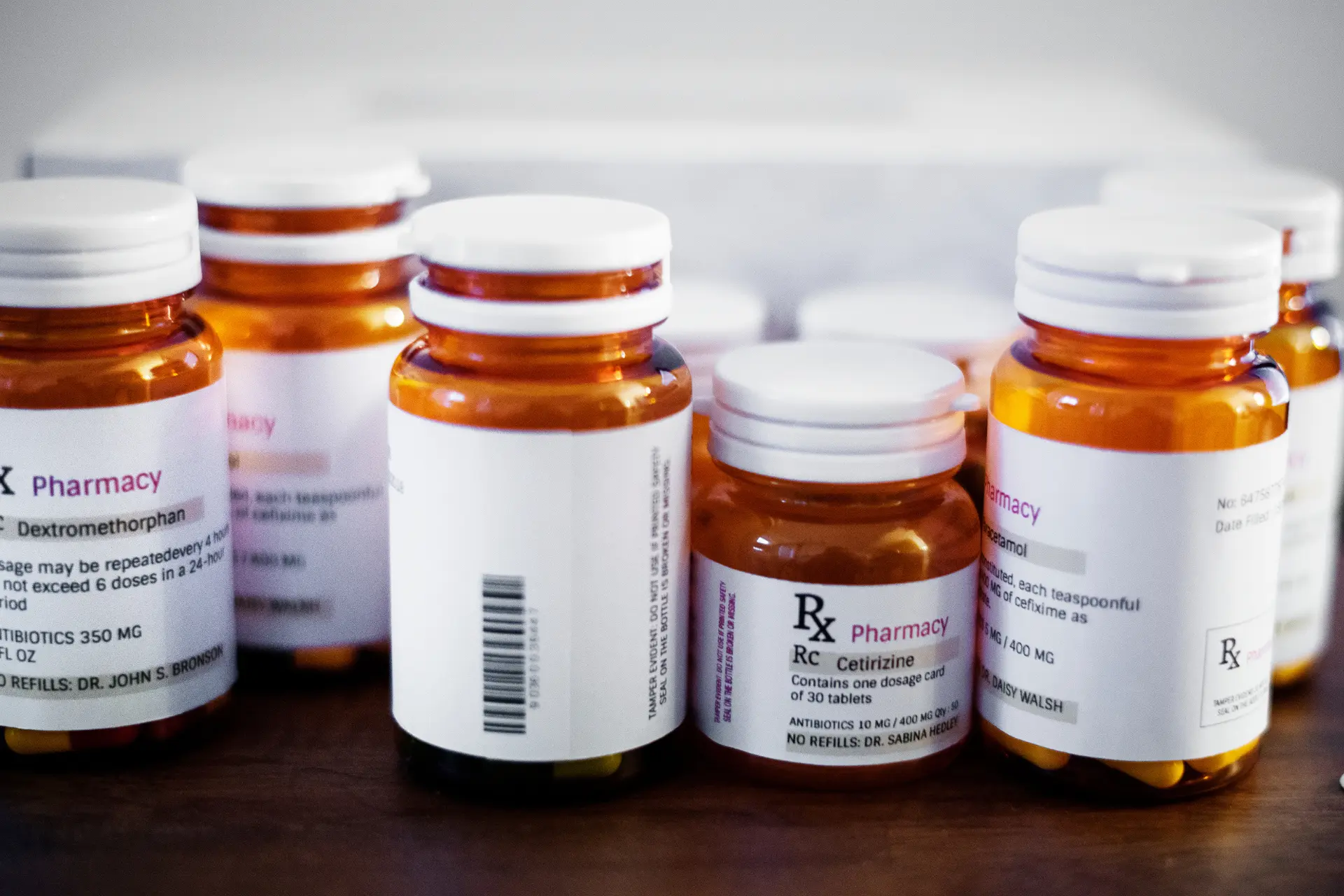Consumers are looking to understand the broader impact of products on their overall health
According to the IFT (Institute of Food Technologists), the clean label movement is easily the biggest trend of the decade in packaged and prepared foods. Euromonitor estimates that global clean label food sales in 2020 will be worth $180 billion, up from $165 billion in 2015.
But there is some level of interpretation on what ‘clean label’ means. There is no accepted industry wide, legal or regulatory definition to follow and consumers’ understanding of the word ‘clean label’ is changing.
There is evidence to show that consumer perceptions of ‘clean label’ are quickly developing; moving beyond the original base of nutritional and wholesome claims of organic, vegan, free from products to include now minimally processed foods and also plant-based dairy and meat substitutes.
Retailers, like Raley’s in the US have started to label products on pack/on shelf with a ‘clean label’ endorsement based on whether the product includes ingredients or not from a maintained list of ‘questionable’ ingredients.
In a recent white paper, ingredients supplier Kerry states that ‘Clean Label is the foundation and the building block in consumers’ overall expectations from food and beverage’. The report explains that consumers are now keen to understand the broader impact of a product on their overall health.
Consumers are scrutinising health and nutrition claims made on the product package are deconstructing the ingredient list in two ways; not only to verify the exclusion of unacceptable ingredients but also to understand the potential nutritional and functional benefits of the ingredients that have been included.
But we should not forget, that even ‘Clean’ labels must comply with EU labelling regulations. European Food Law prohibits food operators from conveying advertising messages that can mislead the average consumer about the characteristics of a food.
There are at least six individual threads of consumer perception to balance here
- Nutritional wholesomeness (organic, non-GM, free from)
- No negatively perceived ingredients
- Minimal processed foods, shorter ingredients list
- Ethical processing – environmentally friendly & sustainable production
- Addition of ingredients with perceived health benefits – e.g. adding plant-based products including meat and dairy
- Plant based substitutes – plant-based products that imitate the texture and flavour of meat and dairy products.
And there are concerns from the industry as food manufacturers look to reformulate existing recipes to a ‘clean label’ approach. Added ingredients, such as emulsifiers can have such a positive effect on shelf life and product consistency, in turn, reducing food waste. So much so that removing or replacing them by ‘clean’ alternatives can have detrimental impact on the food organoleptic properties and can have a negative environmental impact. It is a tricky balance.
There is even a fear, that products may become less nutritionally balanced in an attempt to shorten or clean ingredients lists. For example, nutrients added for enrichment, such as fibre, potassium, vitamin D and vitamin A may not be added as labelling regulations mean that they appear by their scientific names in ingredients lists and may be deemed unacceptable by clean label ‘rules’
And finally, with some of the newer ‘clean label’ trends, there is an obvious paradox, as Connie Sandusky, Global Marketing Director at DDW made clear in a recent article:
“Plant-based products formulated to imitate the flavour and texture of meats, for example, often contain over 20 ingredients – many of which are unpronounceable and highly processed. To someone looking to reduce meat consumption for health or environmental reasons, these products may seem clean, but farmers and food product developers are likely just scratching their heads.”
Interpreting the recent industry news and reports on ‘clean label’ from a product labelling perspective, we can make three broad conclusions:
- Consumers are taking more interest in reading the ‘small text’, the back of pack ingredients, nutrition and claims on the prepacked foods that they are buying and consuming.
- Retailers are starting to provide information or signposting to the consumers at point of purchase (online or on shelf) as to ‘clean label’. This will be influencing buying decisions.
- Brand owners and manufacturers are taking the ‘clean label’ trend on board, undergoing processes of reformulation and re-examining back of pack copy to showcase their products in the best light. Within these organisations: Marketing teams will be considering adding consumer stories to support the purpose of any claims; Food technologists will be making careful ingredient choices, potentially considering reformulation in some cases and consumer education in others; Labelling and compliance teams will be looking for increased ‘back of pack’ layout consistency across different products/pack sizes in the same category.
How can 4Pack help?
4Pack is the leading end-to-end product and packaging software for the Food & Beverage industry. We are a SaaS (software as a service) solution which helps brands and manufacturers manage their product and launch update process more efficiently.
Our platform links four key technologies together that allows you to drive efficiencies, speed up time to market, streamline and increase collaboration between teams, internal and external.
4Pack allows you to:
- Centralise your product, ingredient and pack data
- Synchronise your artwork briefing, creation and approval
- Manage all your NPD and EPD projects in one integrated solution
- Create a digitally connect repository for valuable assets
4Pack product and ingredient management allows you to digitally centralise, collaborate on and control all your product and ingredient specifications.
4Pack can automate complex processes such as ingredient list creation and utilises an in-built translation library to allow this to be completed instantly in multiple on-pack languages.
4Pack offers instant impact analysis for changing ingredients. Drilling down into an ingredient identifies exactly where an ingredient is being used and on which packaging artworks this ingredient label is appearing.
4Pack allows you to collaborate with your supply chain partners and graphics service providers from one single secure interface.
4Pack can help you on your ‘clean label’ journey wherever it is taking you. For more information email contact@4-pack.co.uk
4Pack exists to help Food & Beverage manufacturers and brands of all sizes to push innovative, safer products to market across channels quickly. If you want to turbo charge your product launch process, book a demo with one of our experts.



